- Home
- Art
Original art for sale
Shop original and limited edition art, directly from artists around the world.
Clear all 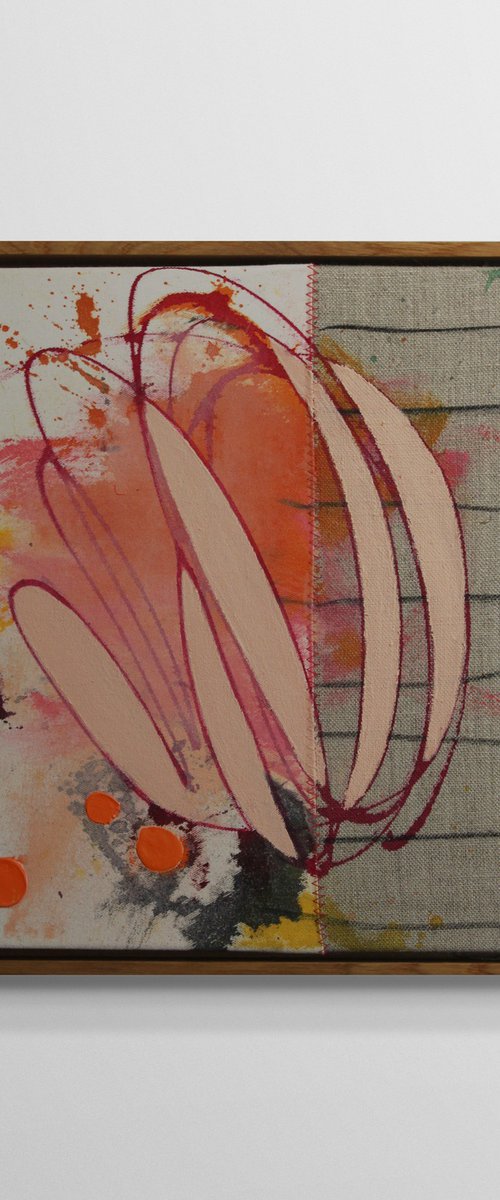
Daniela Schweinsberg
Mixed-media painting
32 x 32cm
£430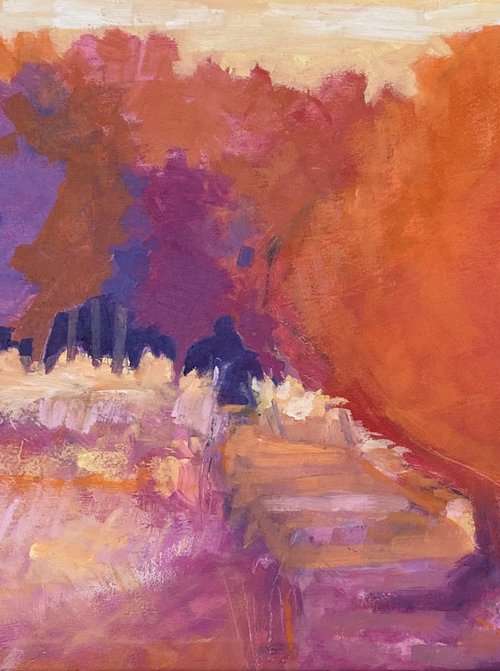
Chrissie Havers
Oil painting
88 x 58cm
£495
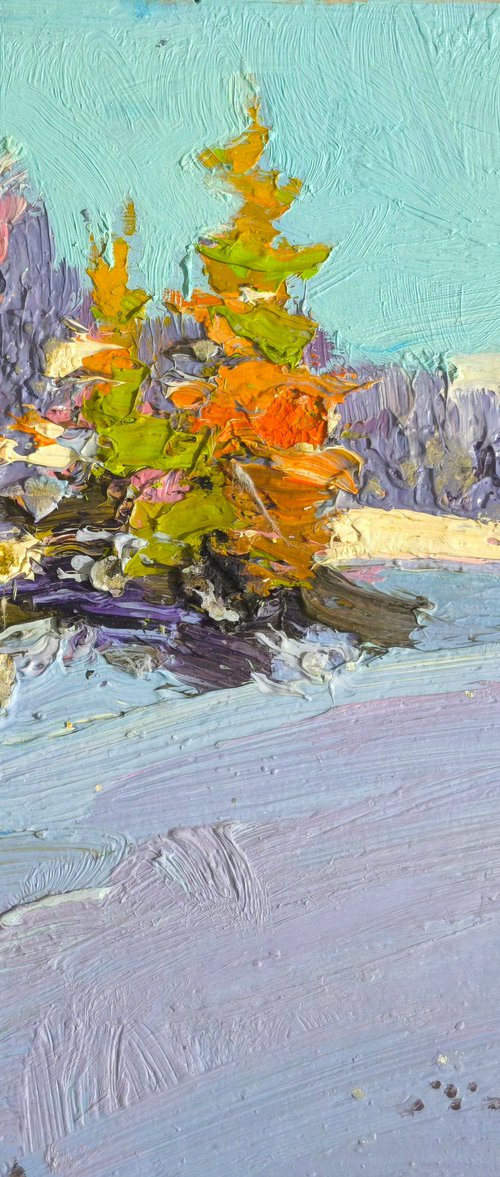
Alexander Shandor
Oil painting
19 x 19cm
£335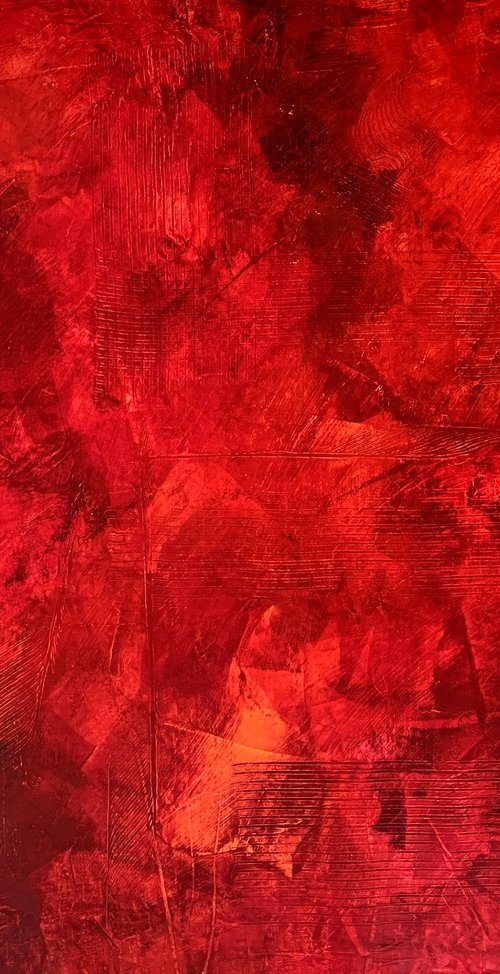
Anita Kaufmann
Acrylic painting
100 x 80cm
£868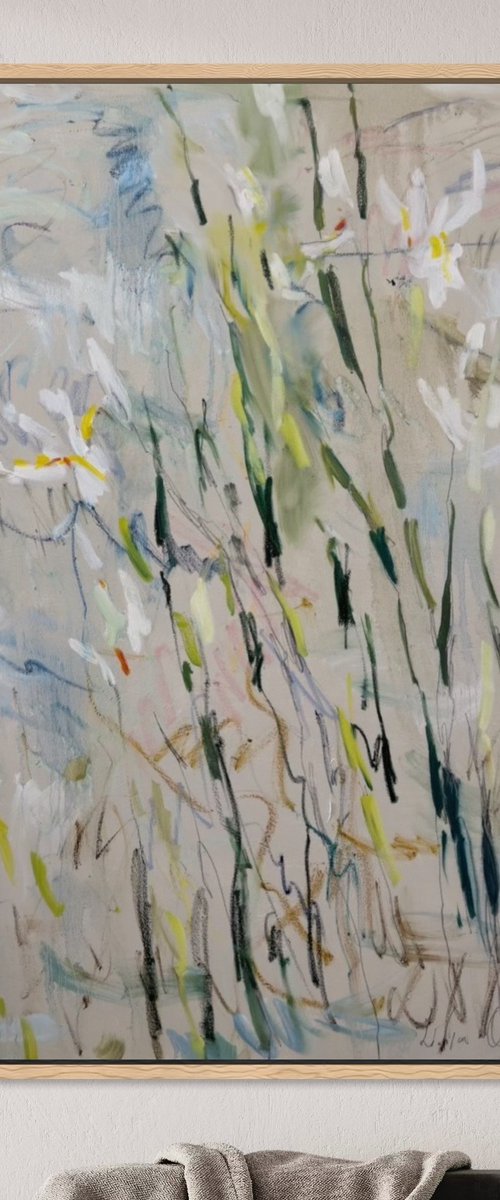
Lilia Orlova-Holmes
Oil painting
120 x 120cm
£7500
REME Jr.
Watercolour
35 x 25cm
£225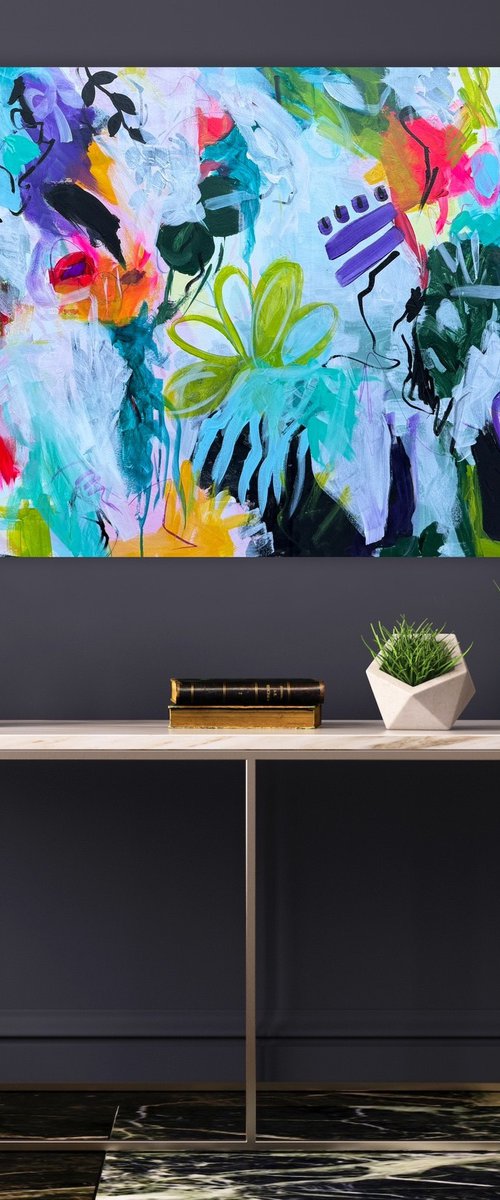
Veronica Vilsan
Acrylic painting
100 x 70cm
£614
Suzanne Vaughan
Oil painting
112 x 61cm
£1117
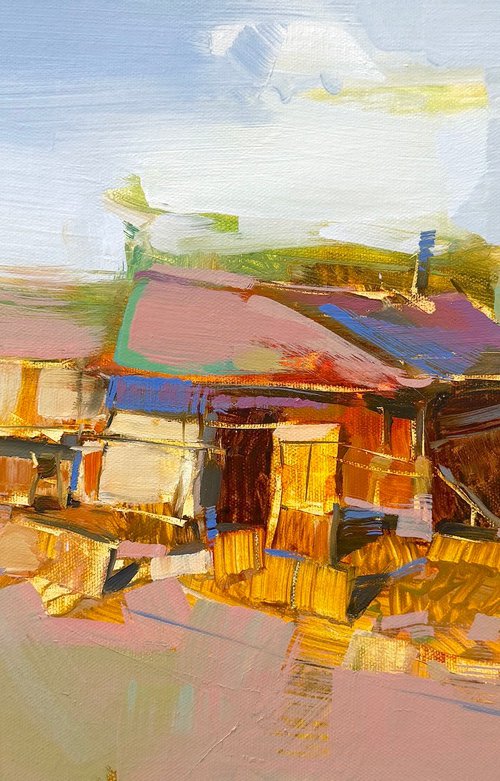
Vahe Yeremyan
Oil painting
41 x 28cm
£596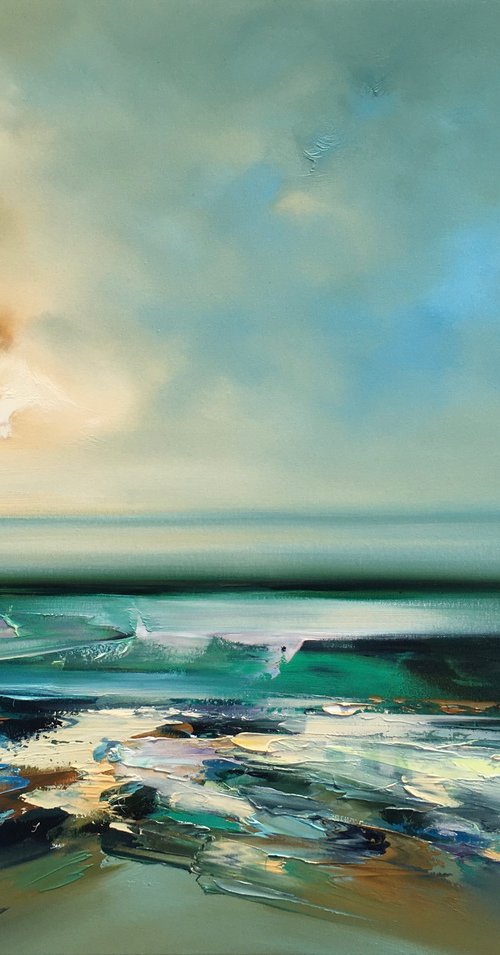
Beata Belanszky Demko
Oil painting
100 x 80cm
£1355
Lucy Moore
Acrylic painting
60 x 60cm
£380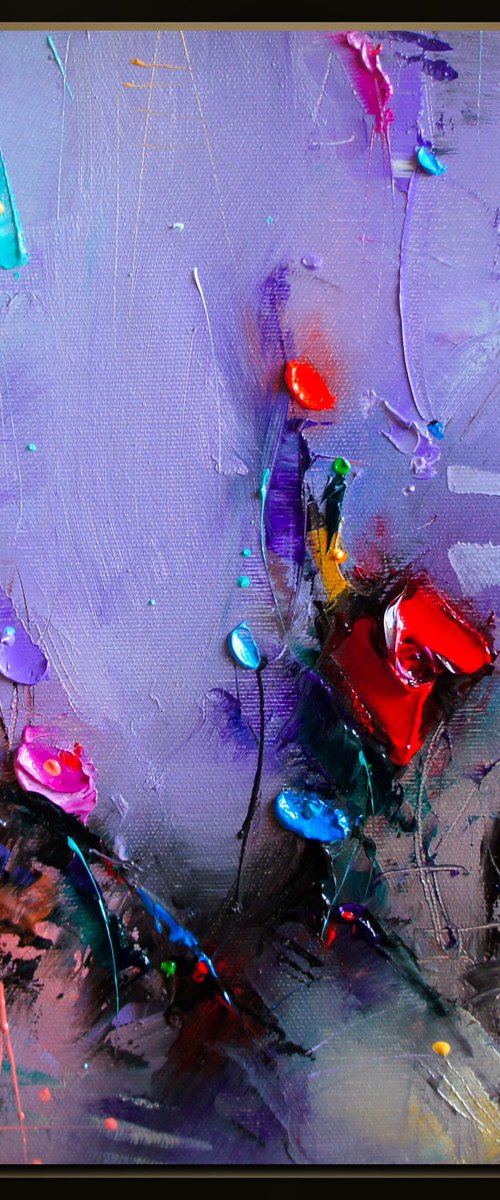
Stanislav Lazarov
Oil painting
20 x 30cm
£237


